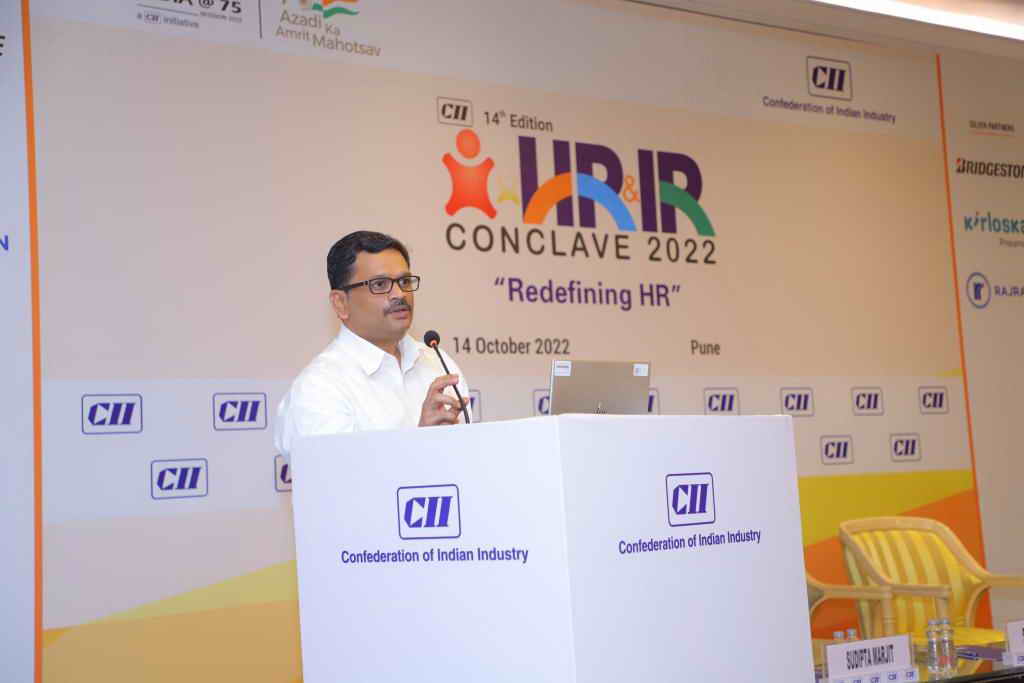Next time, you want a productive meeting don't share the agenda. Instead share a questionnaire that each one needs to represent themselves in the forum. SCRUM in its definition emphasizes 2 meeting models in each sprint - stand up and retrospective. Both have different purposes yet same goal - make meetings productive and useful. The tools I use are surprisingly simple and hence sharing it here.
The tools are:
1. Questionnaire:
For stand up, I use a mind map to record standup meetings. The key questions people need to prepare each day for the meeting are:
a. Can I finish my next day tasks as planned ?
b. What risks do I foresee and what is the support required ?
c.My next days tasks are: ___ , ____ and ____.
d. My previous day tasks status is ___
e. I want to share that ____ (share problems solutions ideas, etc)
For Retrospective, the template I use has following simple questions. 1. list at least 3 positive points you experienced in the project?
2. list at least 3 negative points you experienced in the project?
3. list at least 3 important take away learning’s from the project?4. Rate your experience while working on the sprint ?
5. Rate the competitiveness of team working with you ?
6. Which team member would you like to give a credit ? (this is the motivation question for team to feature themselves in each sprint).
Each member fills it and sends it before the meeting. Without which the moderator doesn't start the meeting. This is the ensure that members speak well thought out points and not adapt their pitches at run time.
2. list at least 3 negative points you experienced in the project?
3. list at least 3 important take away learning’s from the project?4. Rate your experience while working on the sprint ?
5. Rate the competitiveness of team working with you ?
6. Which team member would you like to give a credit ? (this is the motivation question for team to feature themselves in each sprint).
Each member fills it and sends it before the meeting. Without which the moderator doesn't start the meeting. This is the ensure that members speak well thought out points and not adapt their pitches at run time.
Questionnaires allows you to think through the audience required and the participation and expectation from each teams so that meetings are steered to be productive.
2. Rules of game:
In both stand ups and retrospective the rules of game is simple.
In both stand ups and retrospective the rules of game is simple.
a. Each member gets their turn to speak.
b. Any disagreements can only be registered and only when floor is open to discussions the differing points of view can be shared.
c. No insinuations or personal attacks allowed.
d. Moderator decision is final.
d. Moderator decision is final.
3. Moderator
The meeting organizer becomes more of a floor coordinator and time manager. According to individual styles, you can choose to conduct the meeting. The only key is to enforce a timer based system so that preparation becomes key with every member and equal opportunities are presented.
Not necessary that you use the tools in sprints or SCRUM context meetings only. As I have seen, am sure, you could see a transformation in participation of all members and no one would ever complain that meetings are boring and long winding. Use in any business context and I shall be happy to showcase your results on this blog.


No comments:
Post a Comment